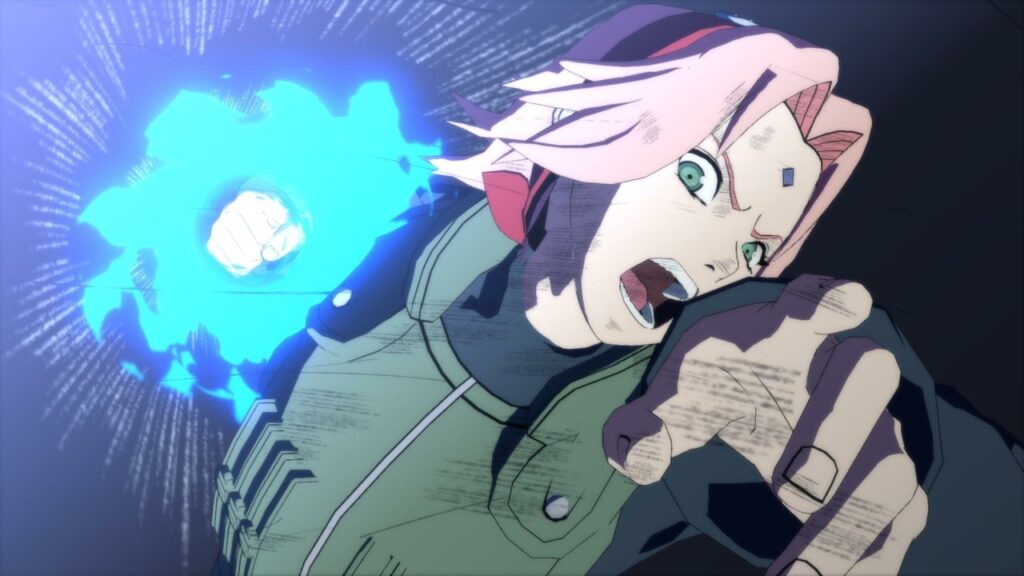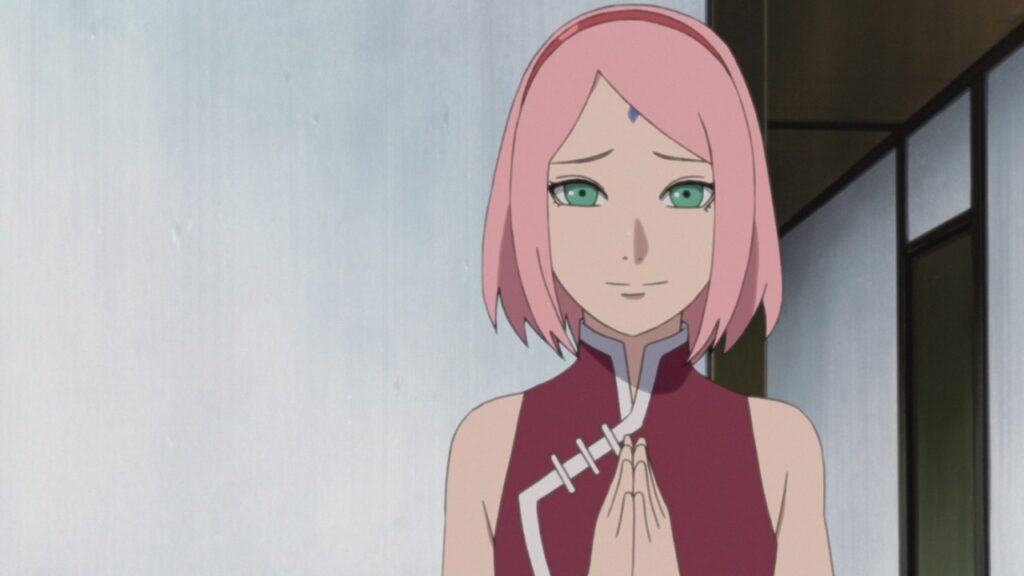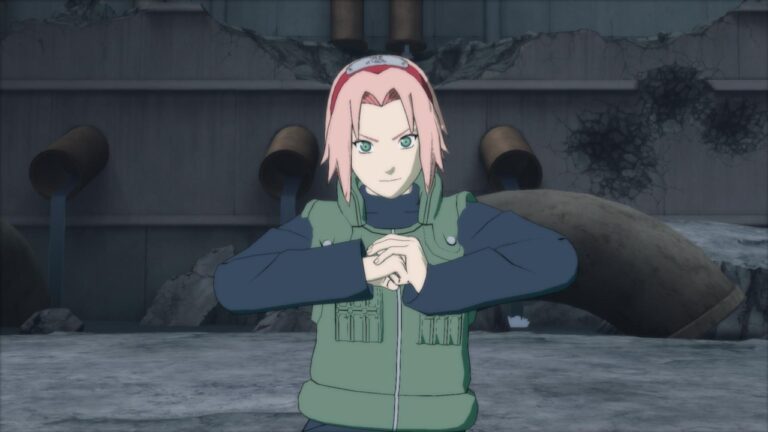Haruno Sakura’s journey is among the most debated in the ‘Naruto‘ universe. We see a character who grows from an insecure girl into one of the strongest shinobi of her generation, yet she often faces criticism that overshadows her development. Her story is not just about fighting power but also about perseverance, emotional growth, and finding her place among legends.
At the start of the series, Sakura is intelligent and book-smart, but she lacks practical combat skills and self-confidence. She was born to ordinary parents and does not possess the natural abilities of her teammates, Naruto Uzumaki and Sasuke Uchiha. While Naruto carries the legacy of the Uzumaki clan and is a jinchuriki, Sasuke is a prodigy of the Uchiha clan. Sakura, by contrast, must work harder to earn her strength, which makes her journey relatable to many fans who feel they start at a disadvantage in life.
How Sakura Became a Shinobi to Reckon With

Sakura’s early identity is closely tied to her rivalry with Ino for Sasuke’s affection. Her preteen fixation on Sasuke leads to insecurity and inconsiderate behavior, particularly toward Naruto. At times, she dismisses his struggles, even making hurtful remarks about his lack of parents. These flaws are undeniable, yet they reflect a young girl navigating complex emotions. We see her first real growth during the Forest of Death arc. When she protects her unconscious teammates from the Sound Ninja and cuts her hair, it symbolizes her resolve to be more than a lovesick girl. That moment marks the beginning of Sakura stepping into her own as a shinobi.
After the time skip, we see Sakura training under Tsunade, the Fifth Hokage. This period is critical to her development, and her skills evolve dramatically. Her excellent chakra control allows her to master medical ninjutsu, making her an essential support to her village and the Allied Shinobi Forces. She also develops superhuman strength and the Strength of a Hundred Seal, which gives her combat ability on par with some of the strongest shinobi.
Sakura plays a pivotal role in many battles. She heals countless shinobi on the front lines during the Fourth Shinobi World War. She saves Naruto’s life by manually pumping his heart after the Nine-Tailed Fox is extracted. She also delivers a decisive blow against Kaguya alongside Naruto and Sasuke. These actions demonstrate not just power but courage and tactical importance. We also see her emotional maturity grow as she begins to understand Naruto’s trauma and forms a deeper bond with him. She even attempts to face Sasuke on her own, showing determination and self-reliance.
Sakura’s Character Shines Despite the Haters Hidden Behind Memes and Misconceptions

In the Boruto era, Sakura’s story reaches another layer of growth. She becomes the head of Konoha’s Medical Department and helps establish a mental health clinic for children affected by war. Her strength now takes a different form as a supportive wife and mother, quietly managing her family while her husband is often absent. She embodies a type of resilience that comes from patience, understanding, and responsibility, proving that strength is not only measured by combat ability.
Despite all this growth, Sakura receives more hate than most characters. Much of it comes from early impressions of her immaturity and selfish behavior, which continue to define her in the minds of some fans. Her achievements are often overshadowed by the seemingly godlike powers of Naruto and Sasuke. At times, fans and critics focus on her failures, such as moments when she freezes in battle, rather than her many successes. Certain portrayals exaggerate her flaws, turning occasional actions into a recurring gag and creating a biased perception. The “useless Sakura” meme, born from her early struggles, has cemented this negative image and overlooks her real contributions.
Sakura is a character who represents the ordinary person striving to find their place among extraordinary peers. Her journey shows that growth is not linear, that effort and persistence matter, and that strength comes in many forms. She makes mistakes, she learns, and she proves herself over time. Her narrative is layered, giving us moments to question, debate, and reflect on what it means to be strong in both skill and character. Ultimately, Sakura’s story leaves us with layers to discuss, much like the larger tale she is part of, inviting us to explore her choices, accomplishments, and impact on the world around her.




